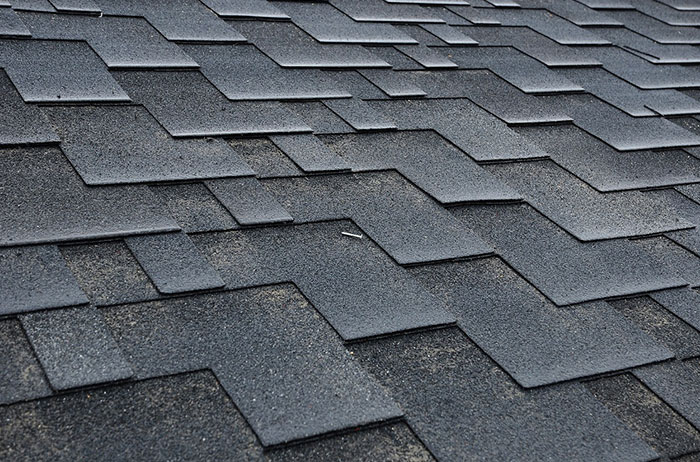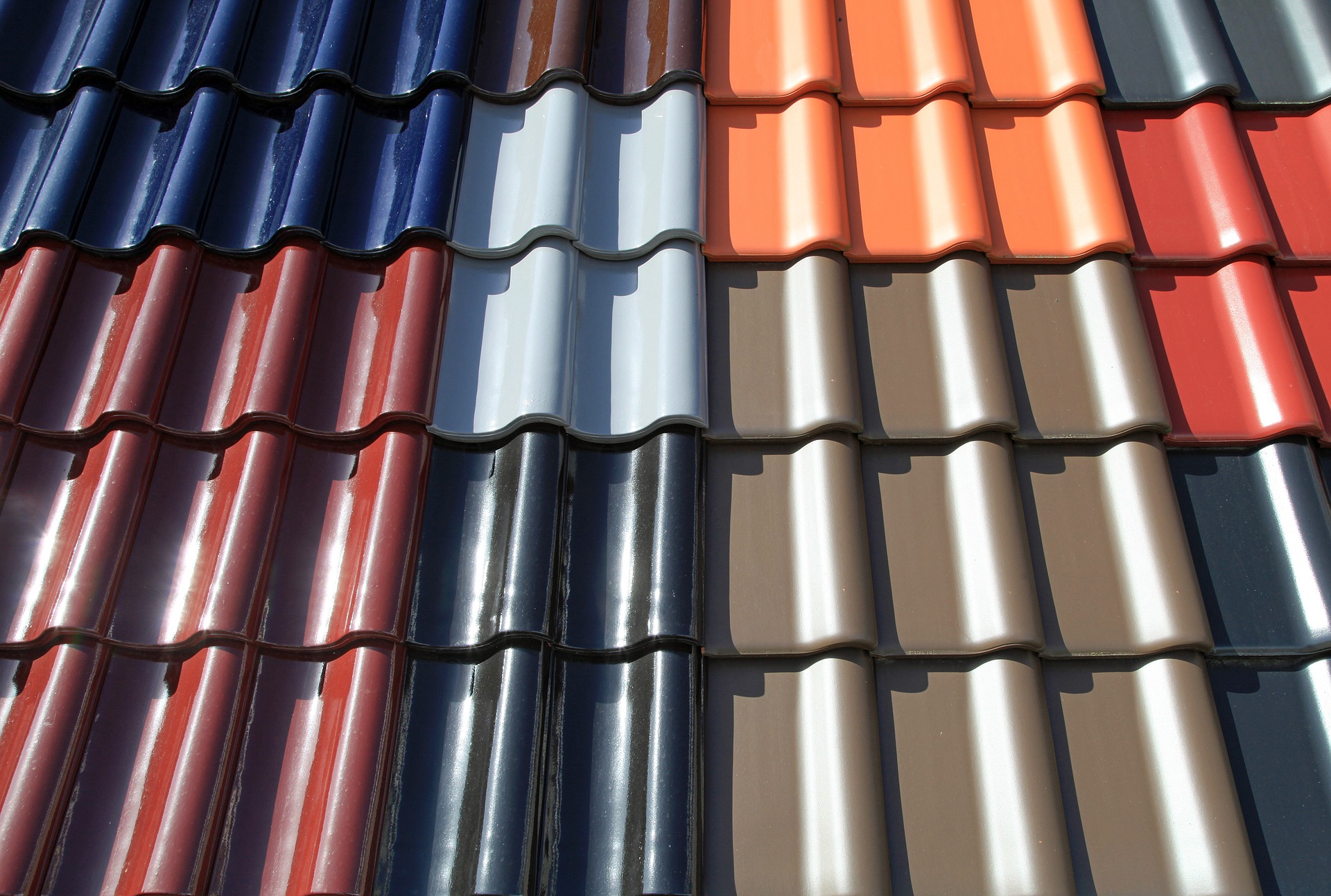Dark or light-colored siding has been a cause of debate in the construction industry for years. This is because the materials used to construct the siding are different, and the chosen color can drastically change a home’s look. The dark side of the color spectrum tends to be associated with negative connotations, whereas light hues are frequently associated with positivity and purity.
Yet, many people prefer dark colors because they can help create a mood in their home, while others prefer light colors because they are more calming and soothing. Your home’s unique design contains the answer to this query. But if you are searching for a new house and can choose your preferred color, this article will help you decide which color is best for you.
What Are Roof Shingles?
Roof shingles are roof coverings made up of separate, overlapping components. These components are generally flat, rectangular shapes arranged in upward courses, each overlapping the joints beneath it, starting at the bottom side of the roof. It is essential to choose the right roof shingles for your home because they can make a massive difference in the durability and appearance of your roof.
Uses of Shingle
There are different ways in which shingles are used on roofs.
- Roof shingles are used to protect a roof from the elements, such as snow, rain, wind, and ice.
- They are also used to give a roof a more attractive appearance.
- Roof shingles are typically made of asphalt or cedar but can also be made of metal or another material.
- The material that the shingle is made of will determine its weight, so weighing your options before you choose to use a roof shingle for construction is essential.
What Are Light-Colored Shingles?
Very light gray and white panels are used to create light shingles. They are comparable to darker materials in most other aspects besides color. Though they might cost more because, for the time being, at least, they are still more of a niche market option. Darker siding hues complement the bright shingles, which go well with light shingles.
Utilizing light-colored shingles has some energy-saving advantages. Dark shingles quickly absorb sunlight, but lighter materials don’t. Instead, lighter shingles reflect that light into the sky. This keeps residences cool in the summer and increases the lifespan of the shingles. As a result, homeowners with light shingles will eventually spend less on energy.
What Are Dark-Colored Shingles?
Dark Shingles are the conventional grays you can see in many homes just by walking down the street. They are easy to make, typically very inexpensive, and protect your roof with the traditional asphalt coating.
Dark shingles typically look their best when combined with lighter house colors and bolder color choices, where the shingles can recede into the background and let other house features stand out and be more prominent.
Dark shingle rooftops do pose a problem on hotter days, though. They quickly take in heat from sunlight. Through the roof, this heat enters your home or attic. Unwanted condensation issues in the attic could result. This additional heat inside the home can make it challenging to cool it, resulting in higher energy costs over time. In the fall and winter, that thermal energy can make the shingles more vulnerable to damage and wear out more quickly.
Utilizing light-colored shingles has many energy-saving advantages. Dark shingles quickly absorb sunlight, but lighter materials don’t. Instead, they return that light to the sky by reflecting it.
Differences Between Dark and Light-Coated Shingles
Roofing is not something people usually think about, but it can make a big difference in the look of your home. You might want to think about the color of the shingles when choosing a new roof to replace your old one. Here are some of the differences to take into consideration:
● The Style
If a homeowner wants a fashionable roof, they should consider setting it apart from the rest of their houses. Use a roof shingle that complements the style of the house if you want a roof that will stand out and give your house a distinctive appearance. Homes with darker shingles complement a lighter environment, while those with lighter shingles complement a darker design.
● Temperature
Dark and light-colored shingles differ in temperature because dark-colored shingles absorb heat while light-colored shingles do not. Dark shingles may be your best option if you live in a cold climate, and light shingles may be your best option if you live in a hot climate. Due to this temperature difference, your home will remain more relaxed during the summer.
● The Longevity
While most people find the color of the roof shingles attractive, some are concerned that the color of the roof may shorten its lifespan. However, after consulting other experts, most concluded that the color had no bearing on how long the shingles would last. Although adequate roof ventilation is essential to control the air entering and leaving the roof, This will guarantee the shingles’ durability.
How To Choose The Right Roof Shingle For Your Home
They protect your home and prevent leaks. To fix your roof, replace the damaged roof shingle. If your roof is deteriorating, you can install a new one. Because they are available in various sizes and shapes, picking the best roof shingle for your house can be challenging.
The grade of the shingles and the type of shingle should be considered when selecting a roof shingle. Choosing what kind of roof you have, what style you want, and what kind of shingles to buy before starting roofing is crucial. Choosing the best roofing option for you can be difficult. If so, Shoreline Roofing is available to assist you.
In conclusion, both dark and light-colored shingles have advantages and disadvantages. There is no correct response because the two colors will always differ. You must do your homework and confirm that the color you select complements your house and the design aesthetic you want. Contact us at Shoreline Roofing to receive a follow-up inquiry about your roofing issue.



